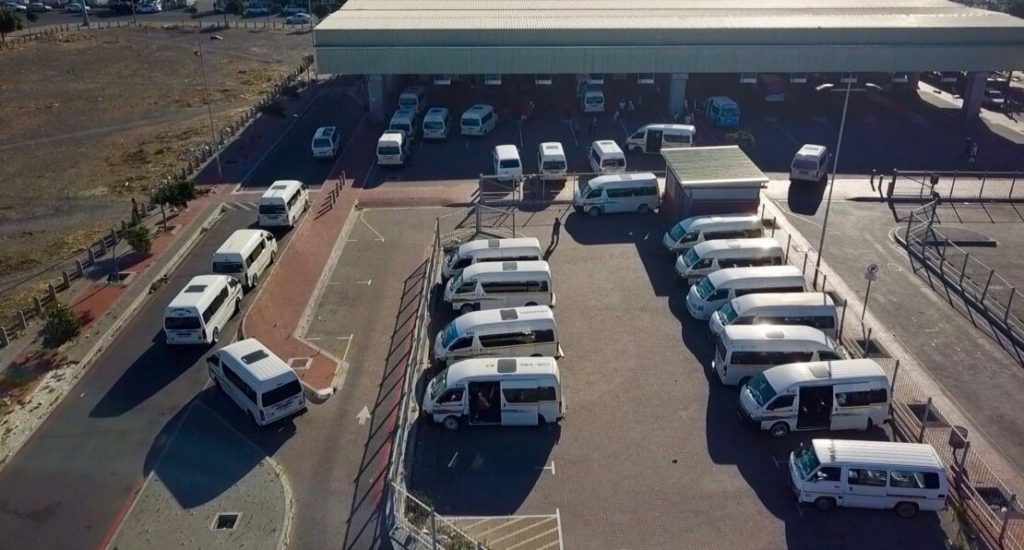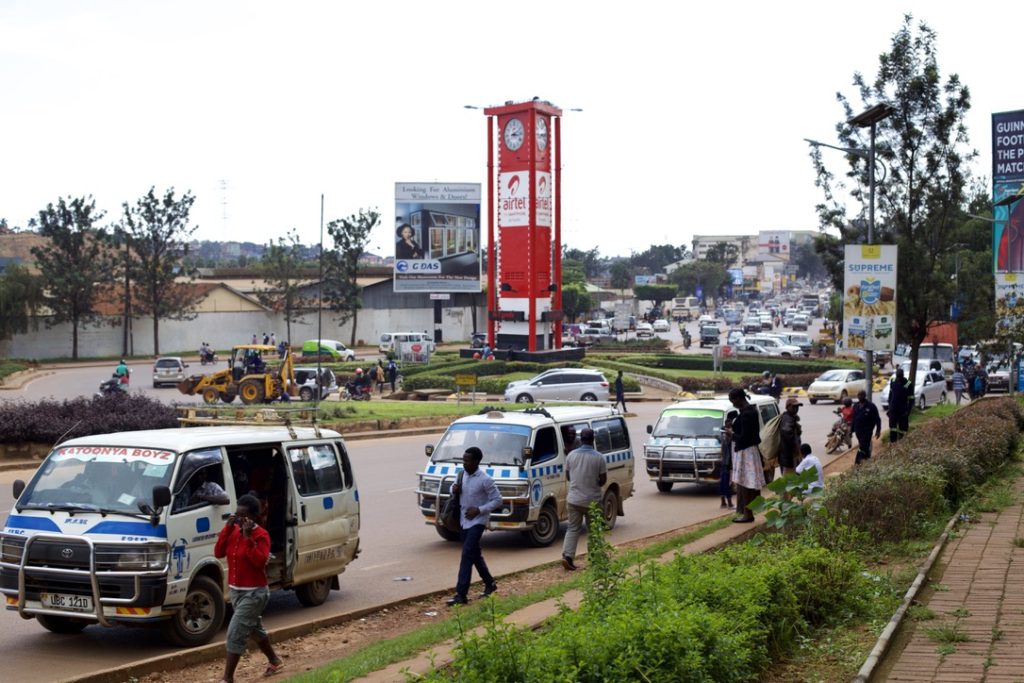Over the past decade there have been significant positive changes that will allow the paratransit sector to play a more constructive role in shaping the future of urban mobility in Sub-Saharan African cities.
A brief reflection on four cases that may point us to the way forward
In South Africa much has been said about the cost and cost recovery challenges of the BRT systems introduced in Johannesburg and Cape Town over the period 2009 to 2015. In my view not enough has been said about the constructive way in which affected bus and minibus taxi operators were involved in the planning and implementation of the SA BRT systems and today, more than a decade after the fact, continue to run these systems like clockwork. The focus should be to build on the positives from this experience, such as the BRT operations skills development, paratransit formalisation, job retention and entrepreneurship development that underpinned these processes, as we seek to build partnerships to take on the challenges of the new decade.
The story of using regulatory reform to initiate paratransit reform in Kigali is a story of a public – private partnership based on shared objectives.
Another city that has produced positive results with paratransit reform is the capital of Rwanda, Kigali. In the early 2000 s, as the country started to rebuild, a period of uncontrolled growth in paratransit sector supply followed in the city of Kigali. By 2013 the Rwandan Utilities Regulatory Authority (RURA) after months of engagement with the various minibus taxi associations, introduced a zonal regulatory system, clustering the city’s public transport routes into three zones, supported by a number of transfer and larger inter- change facilities. Minibus taxi operators were asked to organise themselves into three companies or collectives and each company was awarded a 5- year contract to operate a specific zone. This first step towards regulation shifted the focus of the minibus taxi operators from competition for the passenger to competition for the route and played a significant role in bringing order and much needed stability to the public transport system.
The reform process did not end there, the Regulator further introduced targets with regard to the replacement of minibus taxis with higher occupancy vehicles, (midi – buses and standard buses), and the conversion of the fare system from cash to cashless by the end of the 5 – year contract period. In 2019 the Regulator, working with the City of Kigali, MINIFRA and RTDA started the process of preparing for the introduction of 2nd generation public transport contracts in the city of Kigali and developed a comprehensive system of integrated scheduled bus services across the contract zones. By 2019 the transition to a cashless fare system was completed and a well-balanced fleet mix existed in the city. The story of using regulatory reform to initiate paratransit reform in Kigali is a story of a public – private partnership based on shared objectives.

For another example of successful reform in the paratransit sector we return to South Africa, specifically to Cape Town and the suburb of Mitchell’s Plain a largely dormitory town of more or less 400 000 people, situated +- 30 km to the southeast of the Cape Town city center. Over the period May 2017 to June 2019 the City of Cape Town ran a pilot project involving three typical feeder – distributor minibus taxi associations and one line – haul or trunk service minibus taxi association operating from Mitchell’s Plain to Cape Town. The purpose of this pilot project was to explore operations improvement and formalisation options, with the view to assess the viability of involving minibus taxis as feeder services in the next phases of the city’s BRT rollout.
The result of this project was that one of the feeder associations successfully introduced and sustained a scheduled service model for a period of 19 months, reduced its fleet size from 78 to 36 vehicles, reduced fuel consumption by 45%, increased the number of routes that it operates within its legal footprint and introduced a driver shift system that reduced the driver work day from a 12 hour day to a 7.5 hour day with scheduled breaks and one day off in a 7 day cycle. The City of Cape Town has now adopted a policy position in accordance with which minibus taxis will be incorporated as feeder service providers in future phases of the city’s BRT rollout.
The results of the Cape Town minibus taxi project were as follows:
- sustained scheduled services
- reduction in fleet size
- reduced fuel consumption
- increased number of routes
- improved driver working hours.

The final good news story comes out of the city of Kampala in Uganda. One of Africa’s fastest growing cities with a population projected to reach the 10 million -mark by 2040. The Greater Kampala Metropolitan Area (GKMA) today sees more or less 2 million people traveling into the central city over trip distances ranging from 5 to 35 km, swelling the inner- city day- time population to more than 4 million.
Kampala suffers high levels of congestion with most public and private transport users spending up to 4 hours per day stuck in traffic. The road network was designed in the 1960’s to accommodate 100 000 vehicles and the most recent vehicle count done in 2016 stood at 400 000. In 1985 the Kampala municipal -owned and operated bus service collapsed and over the past 36 years a minibus taxi fleet of more than 16 000 vehicles organised according to a self- regulatory system based on ‘’stages’’ emerged. In recent years the city has also seen rapid, and sustained growth in the number of two wheelers (boda–boda) providing passenger transport services, adding to congestion, pollution and high accident rates.
A number of bus operations have tried to enter the public transport supply side over the years, but with limited success and in 2014 the World Bank produced a plan for the phased introduction of a BRT system aimed at alleviating the chronic congestion conditions in the city. The minibus taxi industry predictably opposed all attempts at introducing new public transport services over the years, with the resultant effect that the public transport supply model in Kampala has by and large not transformed, much to the detriment of the captive market public transport user.
In late 2019 the French Development Agency (AFD) launched a program aimed at preparing the paratransit sector in Kampala for meaningful participation in planned public transport improvement processes. After an initial period during which the minibus taxi industry was given time to resolve their representative model, an Urban Mobility Consultative Forum consisting of minibus taxi industry and public authority representatives was established and has been functioning since January 2020. The Forum focuses on three main areas, namely Regulatory Reform, Minibus Taxi Business Model Improvement and Readiness to Participate in BRT and related public transport improvement processes.

The foundations for a collaborative approach to the design and realisation of a viable and sustainable public transport system for the city of Kampala has been laid. The leadership of the six main Kampala Minibus Taxi Associations is currently in the process of engaging the National Minister of Works and Transport on the establishment of a National Representative Council for the Minibus Taxi Industry and at the request of the Minibus Taxi Industry the work of the Consultative Forum has been expanded to include consultations with the boda–boda sector.
Article adapted from keynote address at the Southern African Transport Conference (SATC) 2021
Share this post: on Twitter on Facebook

